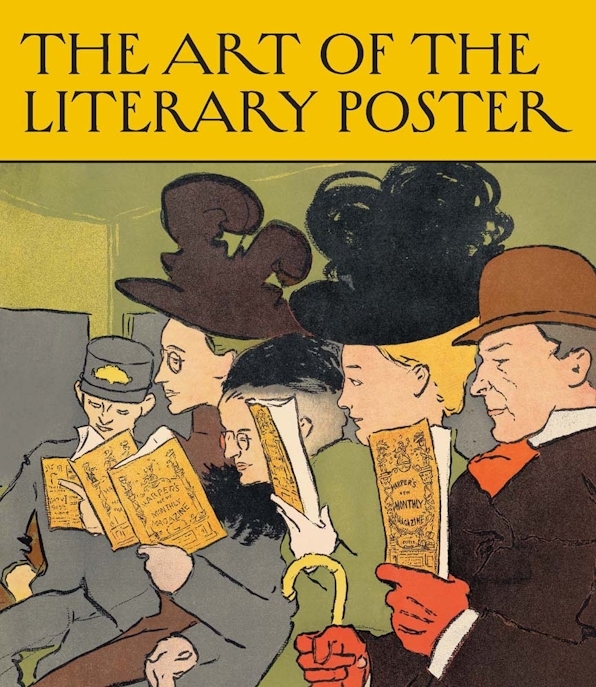Beyond the bold aesthetic and contemporary subject of Gould’s Lippincott’s, July, the poster itself represented something new: an advertisement that looks and functions like a work of art, an image made for public consumption in which commercialism and culture coalesce. Emerging in the early 1890s, advertising posters devoted to magazines, journals, newspapers, books, and other forms of literature were targeted to appeal to an audience of well-read, affluent Americans.
Although the heyday of this inventive genre was relatively brief, lasting barely a decade, literary posters had a significant influence on graphic design that surpassed and outlasted their practical purpose. By reflecting the hallmarks of modernity in their style, subject matter, and technique, they ushered in an era of sophisticated, high-quality advertisements that marked a shift in the history of American visual culture.
Gould illustrated a poster for each monthly issue of Lippincott’s from late 1895 to mid-1897. His designs closely resemble those of Edward Penfield, the art director at Harper and Brothers, whose sleek, minimalist placard for the April 1893 issue of Harper’s is widely considered to be the first-ever literary poster.
In the striking composition, a man in a green overcoat is so immersed in reading an issue of Harper’s that he is oblivious to the fact that it is raining—a witty meteorological reference to “April showers.” Its stark simplicity and seamless integration of image and type stand in contrast to the busy compositions of the theater and circus posters that had become a mainstay of the visual landscape in urban centers across the country.
Penfield’s elegant design also demonstrated the artist’s understanding that simple forms make for a poster that effectively communicates a clear, direct message to the viewer. The widespread positive reception of Penfield’s poster inspired competing publishers around the country to commission distinctive advertisements promoting their products, thus launching a veritable “poster craze” that lasted until the end of the decade.
